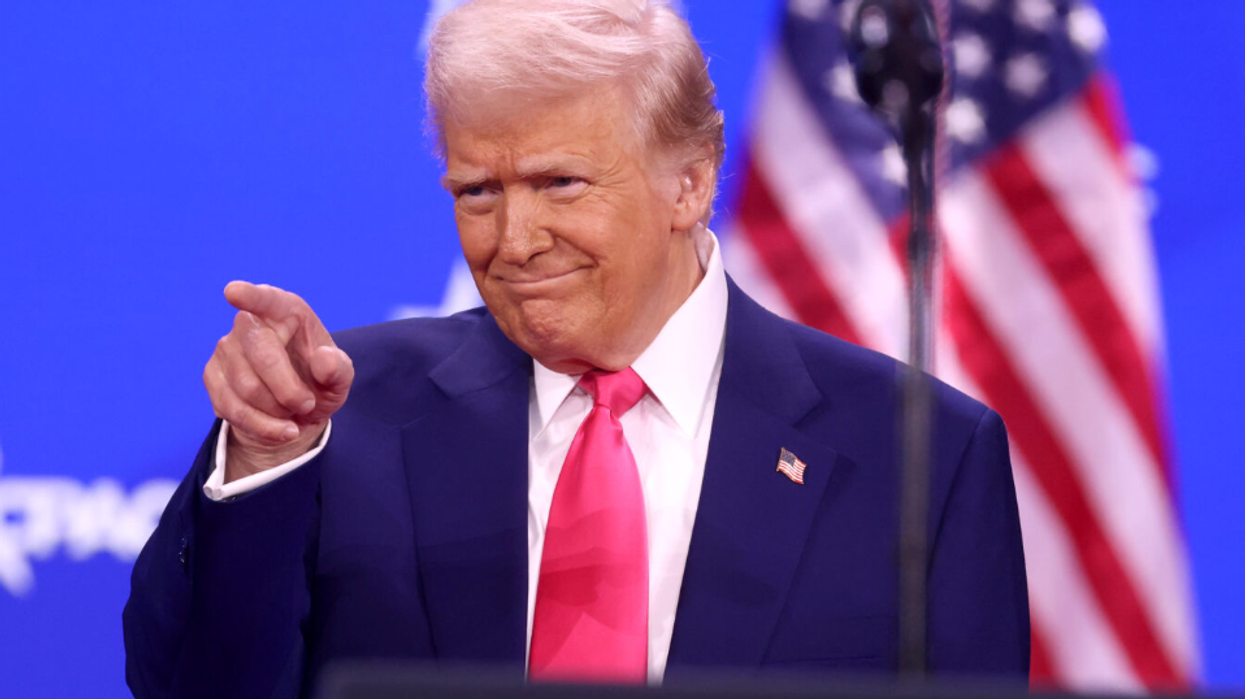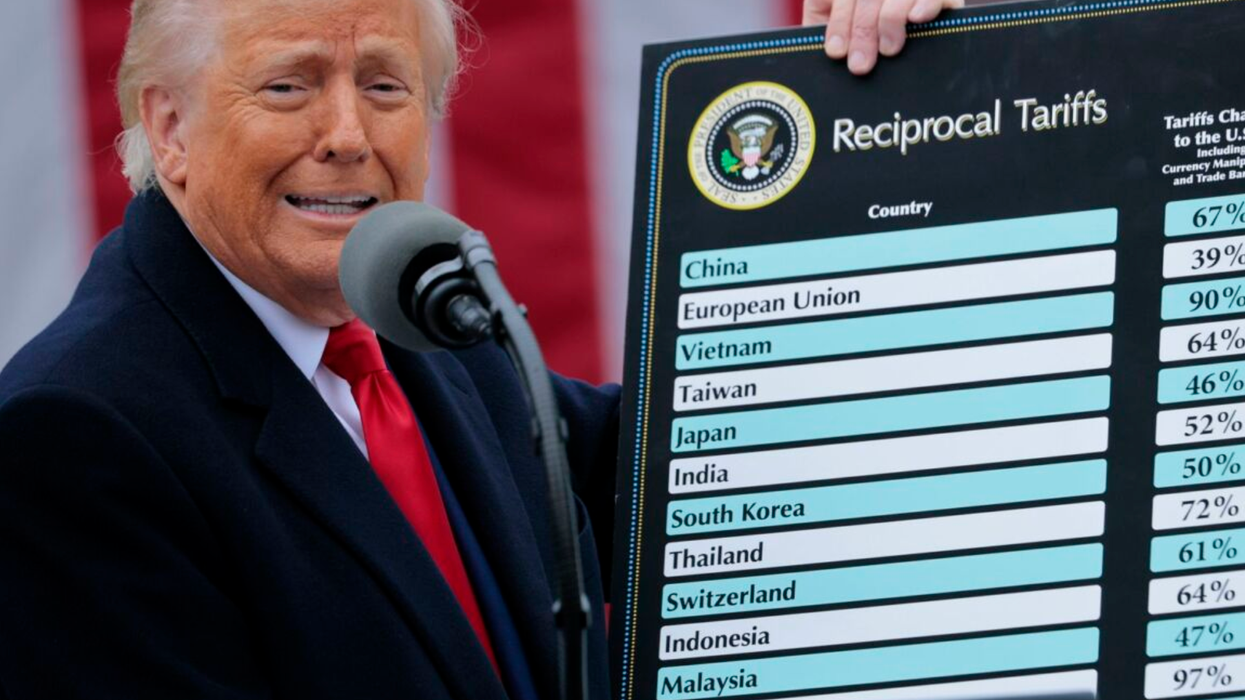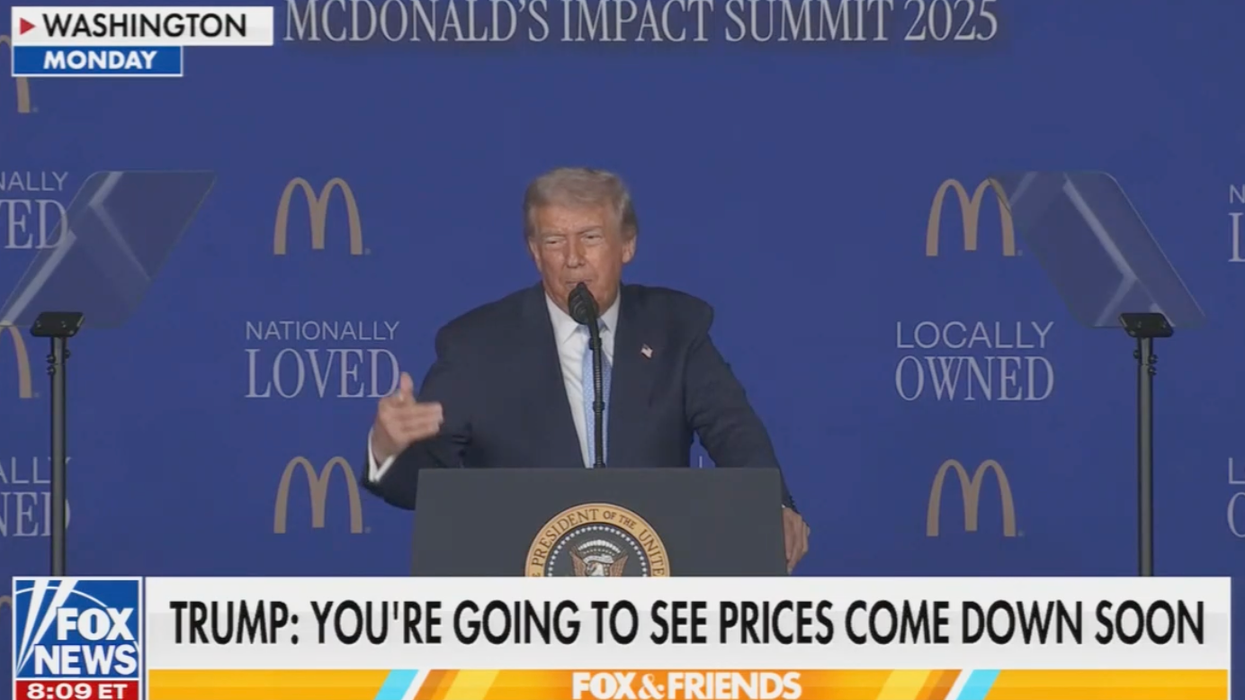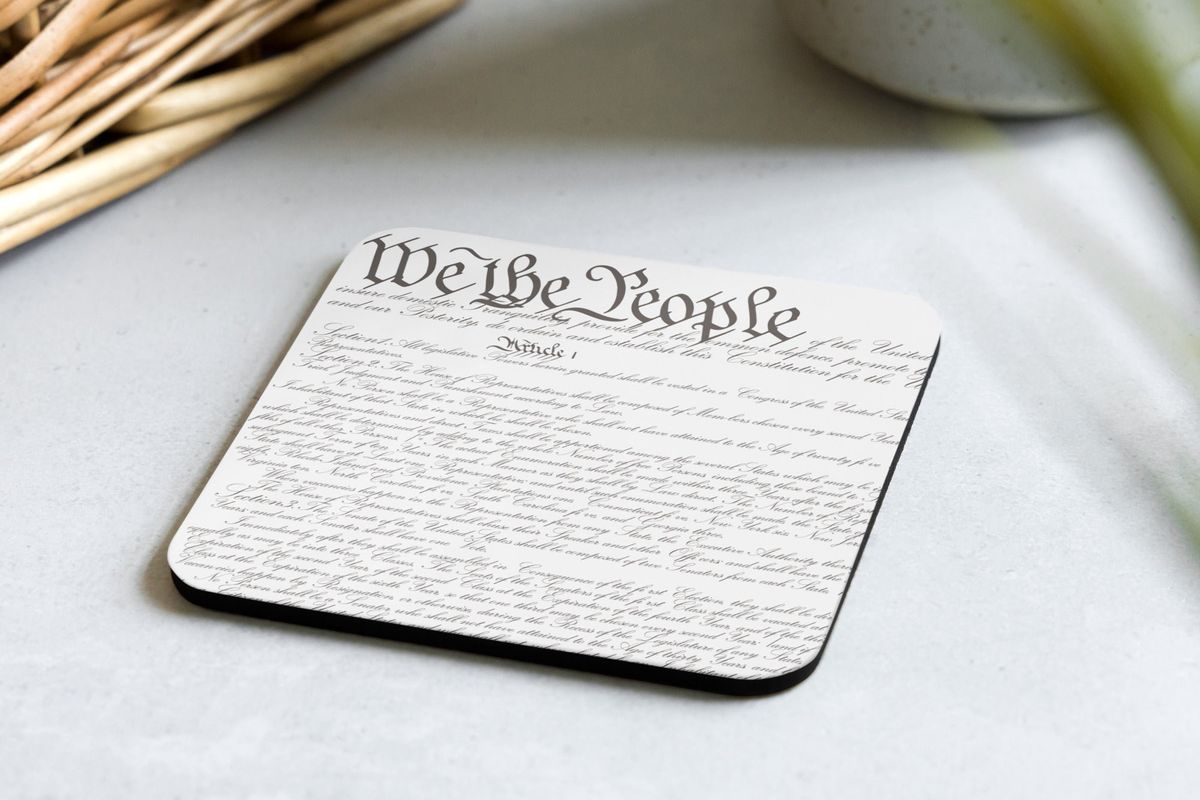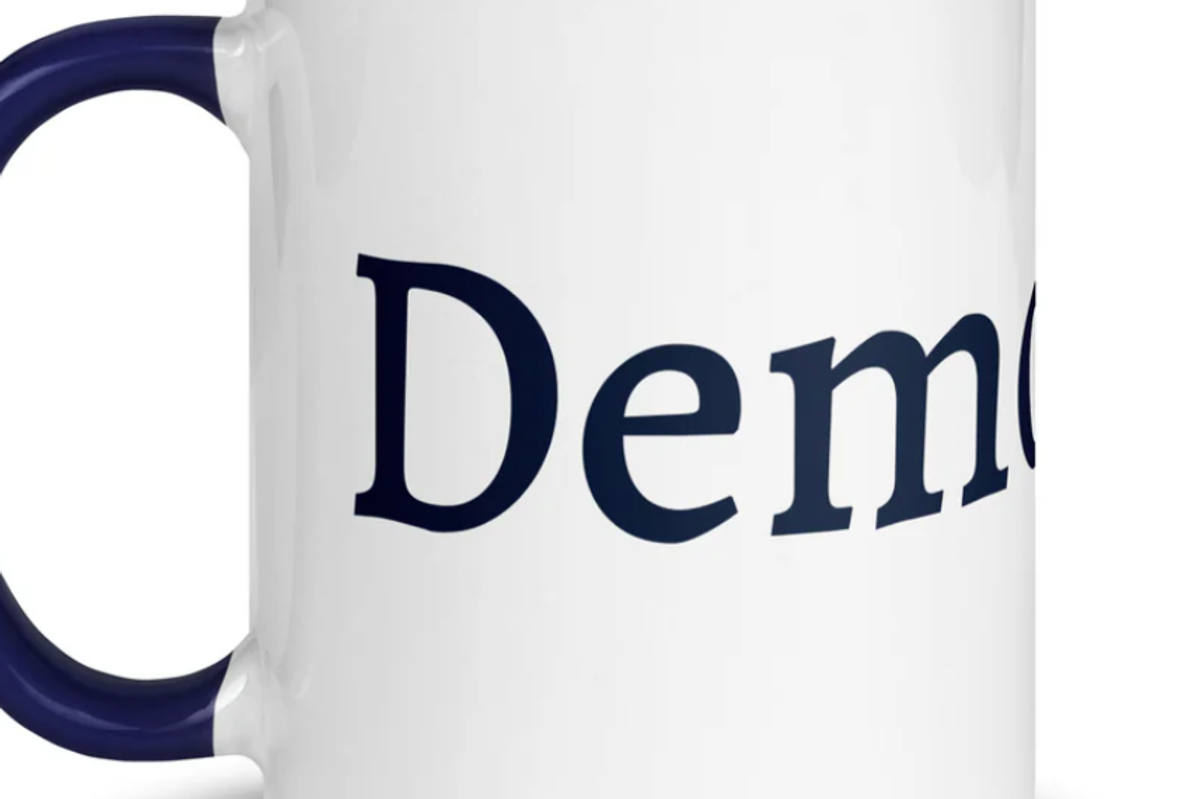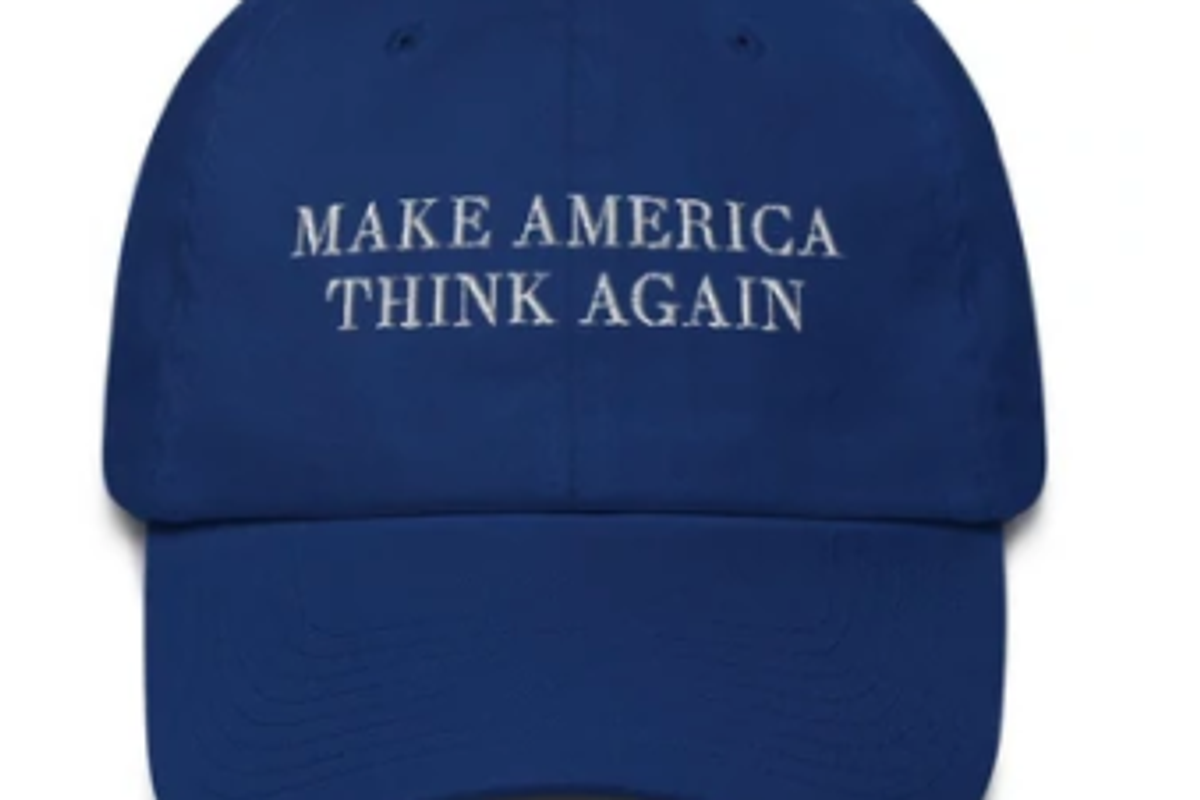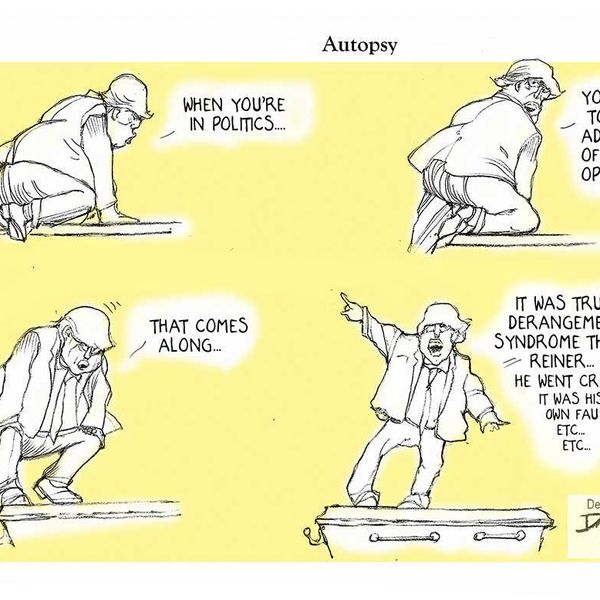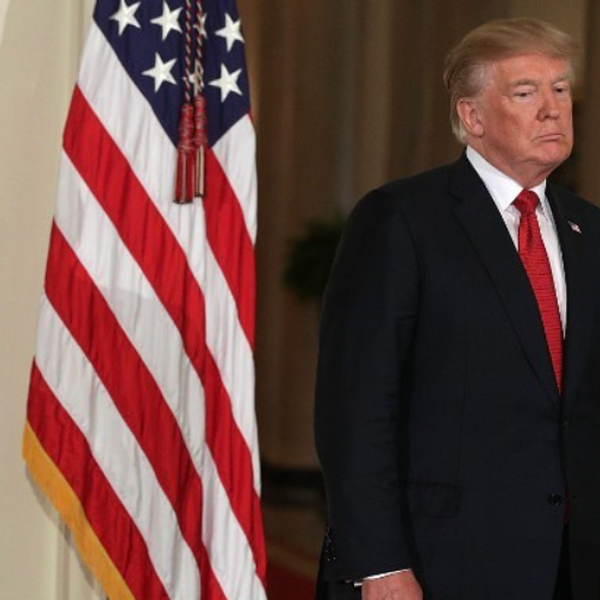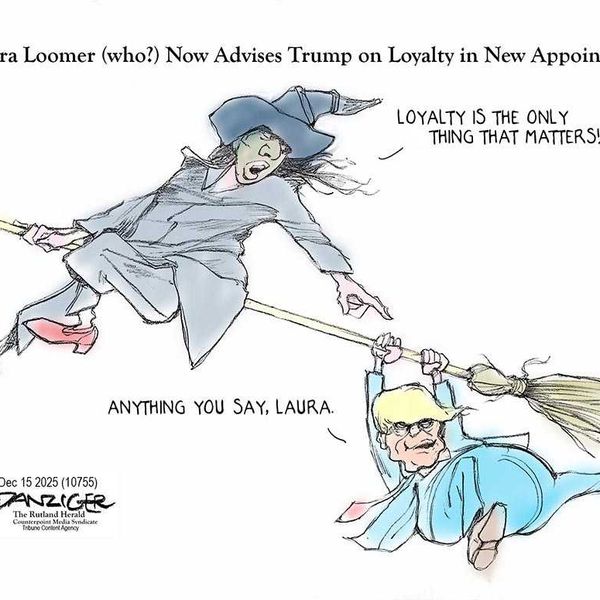How Trump Is Schooling Americans On The Economics Of Punitive Tariffs
Trump first announced his massive tariffs on “Liberation Day,” which was April 2. This was supposed to be the beginning of the United States rebuilding its manufacturing capacity. Since Liberation Day, the economy has lost 60,000 manufacturing jobs, factory construction is down at least five percent, and inflation has risen to 3.0 percent.
It is also clear that businesses and consumers here have paid Trump’s tariffs, not foreigners as Trump seems to believe. Import prices have risen since Liberation Day. These are the price of the goods we import before Trump imposes his tariffs. If exporters are eating the tariffs, then the import price index should have fallen considerably. The data show this is not true.
That is all pretty much textbook on what to expect from a set of ill-considered tariffs designed by a president who knows next to nothing about economics. If the point was to bring back manufacturing jobs, as Trump claimed, then one obvious consideration would be to not impose tariffs on intermediate goods like steel or aluminum.
No one directly consumes these products; they are inputs into things like cars and airplanes. By raising the domestic price of these inputs, Trump is making U.S. manufacturing less competitive.
The arbitrary nature of the tariffs is also a problem. When Trump does things like impose a huge tariff on India, because it won’t nominate him for a Nobel Peace Prize, or imposes a 50 percent tariff on goods from Brazil because the government prosecuted his friend for trying to stage a coup, it makes it difficult for companies to plan.
This explains the general weakness of investment and the lack of business confidence in the economy. But the recent jobs data from the payroll firm ADP give evidence of another tariff lesson Trump has given us.
The data show that small firms have lost jobs in each of the last three months, even as large firms continue to create jobs at a healthy pace. In September, firms that employ 1-50 people cut employment by 40,000. Firms that employ 50 to 499 people lost 20,000 jobs. Meanwhile, firms that employ more than 500 people added 33,000 jobs.
In October, the corresponding figures were a loss of 10,000 jobs, 21,000 jobs, and a gain of 73,000 jobs. And in November the smallest firms lost 120,000 jobs, midsized firms gained 51,000 jobs, and the largest firms added 39,000 jobs.
This paints a picture where the largest firms seem to be doing fine. Smaller firms are struggling, and the smallest firms are shedding jobs like they are in a recession. This very much fits the textbook economics story of tariffs.
The largest firms, like Apple, can have their CEOs go see Trump and give him bribes to get tariff relief. Smaller firms don’t have the money and connections to make similar deals. As a result, they struggle to survive in an economy where the prices of many of their inputs have risen sharply. They also have no idea what will come next, since Trump can raise tariffs further, or lower tariffs for competitors, any time he feels like it. That situation does not create a good environment in which to do business.
This uncertainty has slowed growth and employment in the short-term, but it is likely to have even larger long-term effects. When the path to success depends more on currying Donald Trump’s favor than innovation and efficiency, it does not provide the basis for a strong economy and solid growth.
That is a story we have seen repeated in many countries all around the world. Perhaps the only really striking part of the story is that the evidence has shown up so quickly here. Donald Trump may not be very good at running the economy, but he has proven himself to be an outstanding teacher of basic economics.
Dean Baker is a senior economist at the Center for Economic and Policy Research and the author of the 2016 book Rigged: How Globalization and the Rules of the Modern Economy Were Structured to Make the Rich Richer. Please consider subscribing to his Substack.
Reprinted with permission from Dean Baker.

